One of the top reasons homeowners call for service on their air conditioning system is because of a clogged and overflowing condensate drain line. Most people don’t know that you can avoid this issue with some regular DIY maintenance on your air conditioner system. Usually, you can remove the clog and avoid overflows yourself. Below are some steps to help keep your air conditioner’s condensate line clear and avoid overflows.
Air conditioner evaporator coil and condensate tray.
The blue plug is where the condensate drain is attached.
What is a condensate drain line?
First, a little background is needed to help you better understand what an air conditioner condensate drain is. Inside the air handler, there is an evaporator coil that air passes through when your air conditioner is running. As the air passes through the coil, moisture will condense on the coils and drip into a tray. The condensate drain on this tray allows the water to run into the condensate drain line, which then, by gravity, channels the water, usually to a floor drain.
Condensate drain line with capped access point.
How do I know if my air conditioning condensate drain line is clogged?
The condensate tray and condensate drain line are both damp places when the AC is running. Water, when combined with dust and lint, can result in a sludge that builds up throughout the drain line over time. This sludge provides a great place for mold, mildew, algae, fungus, and bacteria to grow. Once there is a buildup, you have the potential for a blockage that will cause the water to back up and overflow the condensate tray. One indication that the condensate drain line is clogged is if you see water pooling around the bottom of the furnace.
How do I prevent the condensate drain line from clogging?
Regular, routine cleaning can help keep the air conditioner drain line from clogging. By repeating the steps listed below, you can kill any mold, mildew, algae, moss, and bacteria.
Our home inspectors will gladly discuss the air conditioning system with you if you are present during your home inspection. We will show you the condensate drain line and talk about maintenance and cleaning. Just like changing furnace filters and such, you should make cleaning your air conditioning drain line a part of your monthly maintenance schedule. Unfortunately, as is often the case, out of sight, out of mind.
Adding distilled white vinegar or water to the condensate drain line using a funnel.
Note: The white cylinder with the black wires in the picture above is an audible overflow alarm sensor at the condensate tray.
Step-by-step guide
· Turn your air conditioner off - Switch your thermostat and circuit breaker to the off position.
· Locate your air conditioner drain line - The condensate drain line is usually a PVC pipe running vertically down the side of your furnace and over to a floor drain.
· Find your drain access point - Most condensate drain lines have an opening at the top. If your condensate drain line has a cap, remove it. Check to see if there are any blockages.
· Flush with distilled white vinegar – Pour 1/2 cup of distilled white vinegar down the condensate drain line at the access point. Distilled white vinegar increases acidity and aids in cleaning.
· Wait 30 minutes, then flush with hot tap water – Flush the condensate drain line with a quart of hot tap water to ensure that everything drains and flows freely.
· Repeat once a month – By avoiding clogs and buildup, your condensate drain line will work properly.
· Turn your air conditioner on - Switch your thermostat and circuit breaker to the on position.
Summary
Taking some time for preventative maintenance on your home and air conditioning system will keep it running and performing to meet your needs. Service calls to unclog an air conditioner condensate drain line are costly and avoidable. Potential damage from water overflowing into your home because of a clog can be eliminated by taking a few steps every month.
At HomePro Inspections, our home inspectors are trained to inspect your HVAC system and its components. Any issues are documented in your home inspection report and recommended for resolution by a qualified professional.
Visit our website to learn more or to schedule your home inspection in the Rochester, Owatonna, and Faribault, MN areas. You can contact us today at (507) 202-8942 or utilize our online “Schedule Now” feature to set up an appointment.



